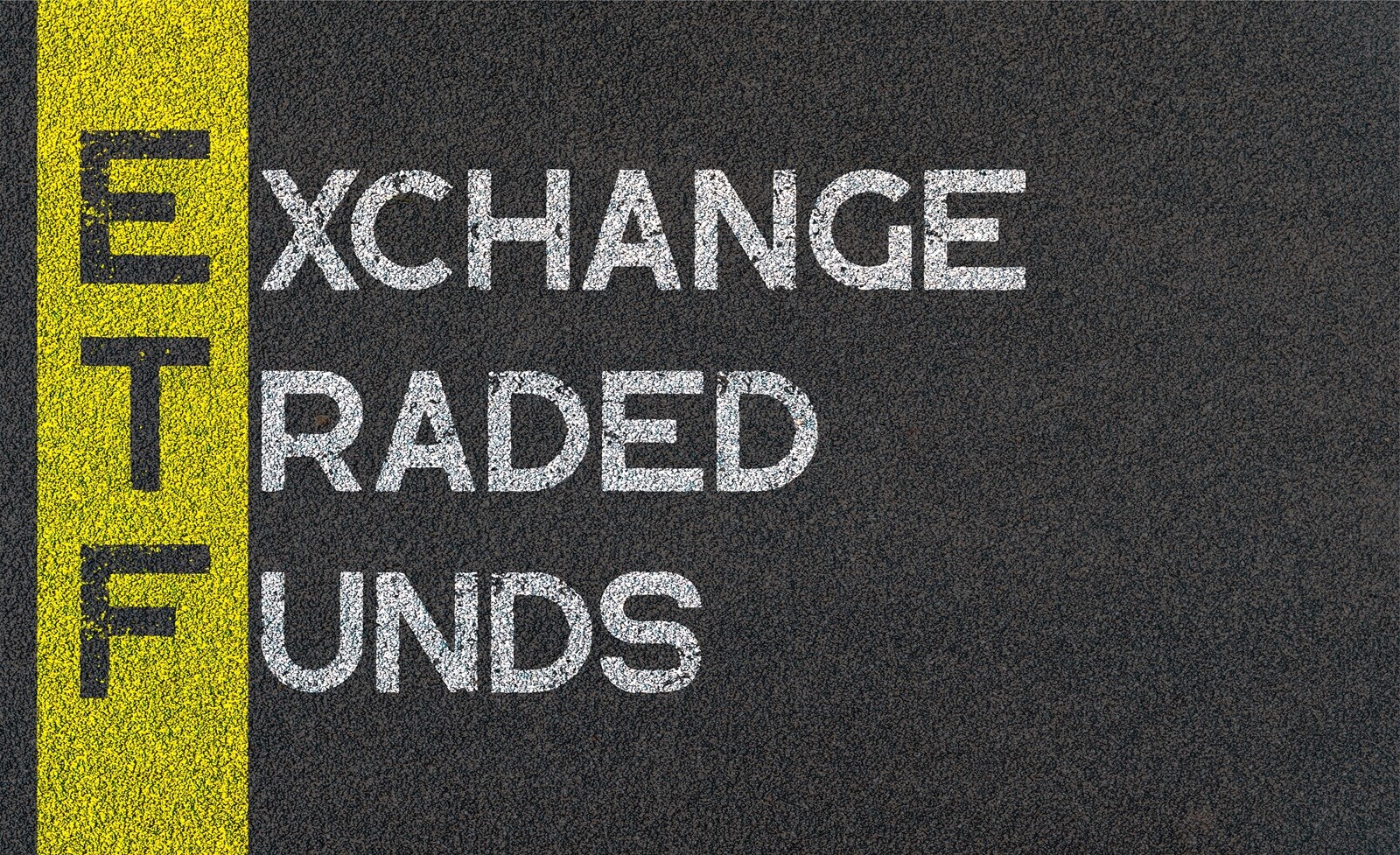Quick review of the liquidity pledging pattern of the Ethereum ecosystem Decreasing centralization in Lido, increasing protocol diversity
An Overview of the Liquidity Pledging Pattern in the Ethereum Ecosystem Lido's Decentralization and Protocol Diversity on the RiseAuthor: Pedro M. Negron, Junior Research Analyst at IntoTheBlock
Translation: Felix, LianGuaiNews
Liquidity Staking Tokens (LST) allow users to earn profits from PoS blockchains without locking their funds. This concept has become one of the most important sub-sectors in the cryptocurrency field. As of November 2023, there is approximately $20 billion worth of funds staked on Ethereum using LST. Due to the immense size of the staking market, many participants have ventured into liquidity staking within the Ethereum ecosystem, with the Lido protocol’s stETH being the leading LST. However, other protocols have also made significant progress, especially after the Ethereum Shapella upgrade in April 2023, which allowed users to withdraw their staked tokens.
With the introduction of liquidity staking protocols in the market, many protocols have implemented unique mechanisms to gain a competitive edge. Lido has played a leading role in the liquidity staking landscape of the Ethereum ecosystem, relying on institutional node operators to occupy a significant market share, accounting for over 90% of the Ethereum liquidity staking market before the Shapella upgrade. With the launch of the Shapella fork and increasing investor confidence in holding LST, the market share of new protocols has increased and currently accounts for approximately 15% of the market share.
- In the next ten years, there will be no second Binance in Crypto.
- It’s a Wild Ride in the Crypto Regulatory Space
- Milei’s Bold Promise to Shut Down Argentina’s Central Bank Can He Really Pull It Off?

Source: IntoTheBlock
New liquidity staking protocols are trying to stand out in various ways. For example, Rocket Pool, with its rETH token, holds the second-largest market share. The biggest feature of Rocket Pool is its commitment to decentralization. The protocol’s main goal is to foster a decentralized validator community, ensuring that the power of validators is not concentrated in the hands of a few individuals or entities.
In addition to decentralization, other innovative approaches include novel token models, such as the dual-token model represented by the Frax protocol. The tokens of the Frax protocol are divided into frxETH and sfrxETH. In this model, one token receives significant incentives in the DeFi ecosystem, while holding the other token allows for combined staking rewards for both tokens. Specifically, frxETH is pegged 1:1 with ETH, while sfrxETH serves as an insurance pool aimed at accumulating staking rewards for Frax ETH validators. The exchange rate of sfrxETH to frxETH increases over time as more rewards are added to the insurance pool. (Related reading: How far is Frax Finance from entering the top five in market capitalization as it enters popular tracks such as RWA, LSD, Layer2?)
While Lido and its stETH token dominate the current market, there are indicators that other tokens show stability and long-term potential in the market.

Source: IntoTheBlock
The amount staked through Lido’s stETH currently stands at $18.3 billion, and the protocol also has the most holders on the market with 238,600 independent addresses. Following stETH, ankrETH has 14,900 independent addresses, showing a significant difference in the number of token holders between the two.
In addition to stETH, another noteworthy trend is the increasing number of holders of cbETH, the Ethereum staking token launched by Coinbase a year ago. Since its launch, the number of holders of this token has been consistently growing, indicating a positive demand for cbETH. While it may not have the highest number of holders, cbETH has surpassed its competitors and currently has 10,800 independent holders.
Furthermore, with the expansion of cbETH, another positive sign is that cbETH has the highest proportion of Hodler users among all LST tokens.

Source: IntoTheBlock
Among the addresses holding cbETH, 54.26% have held it for over a year, demonstrating the holders’ resilience. A large number of Hodler addresses is a positive indicator as it signifies users’ trust in the token and underlying protocol.
This result may be attributed to the way Coinbase stores the token in cold storage. Specifically, if the token is held in customer accounts on centralized exchanges, it may indicate a lack of liquidity for the token. Even if that’s the case, overall, it is still a positive sign because if the demand for the token decreases, exchanges will continually rearrange, as the token may be sold or destroyed.
Finally, the concentration of major holders of governance tokens is an important measure of decentralization. This indicator helps identify excessive concentration of holders that could be detrimental to the ecosystem.

Source: IntoTheBlock
According to the above graph, most governance tokens in the LST ecosystem are concentrated in large holders. However, it is worth noting that in the development of Lido, the process of decentralization is evident. In the past year, the whale concentration in LDO tokens has decreased by more than 10%, from 67.8% to 56.4%.
This trend can also serve as an indicator of token maturity, lower concentration implying a wider distribution among token holders, indicating a higher degree of decentralization and reduced individual holder influence. It is common for newly launched tokens to exhibit high concentration among large holders. Therefore, considering the adoption rate and scale of Lido’s stETH token, it is logical for the concentration of its governance token’s major holders to decrease over time.
In conclusion, the liquidity staking market within the Ethereum ecosystem presents a dynamic landscape, with each token having its unique function and user base. While Lido’s stETH token has been dominant, recent trends indicate an increasing protocol diversity and evolving competitive landscape. It is worth noting that tokens like cbETH have gained significant popularity among a large number of holders, highlighting their attractiveness and long-term potential. The proportion of Hodler users and the concentration of large holders are key indicators of token health and ecosystem decentralization. Furthermore, the decreasing concentration of whale holders in governance tokens such as Lido’s LDO reflects the ongoing maturity of these tokens and a move towards greater decentralization.
Related Reading: LSD五大新秀来势汹汹,Lido还能稳坐钓鱼台吗?
We will continue to update Blocking; if you have any questions or suggestions, please contact us!
Was this article helpful?
93 out of 132 found this helpful
Related articles
- How to simply understand the scalability new solution Plasma + ZK-SNARKs?
- Why has Blast become the biggest catfish of Layer2 this year, with over $200 million TVL captured in just 2 days?
- Bitcoin Ecological Entrepreneurship Season Which Emerging Projects are Worth Paying Attention to?
- Bankless Binance lost, Crypto won
- Opinion Participating in L2 network Blast is a short-term speculative behavior with insufficient long-term appeal.
- From entering the market by selling houses to being forced out, reviewing CZ’s 6-year entrepreneurial history
- LianGuai Daily | Sam Altman to return to OpenAI as CEO; HTX and Heco cross-chain bridge under hacker attack






